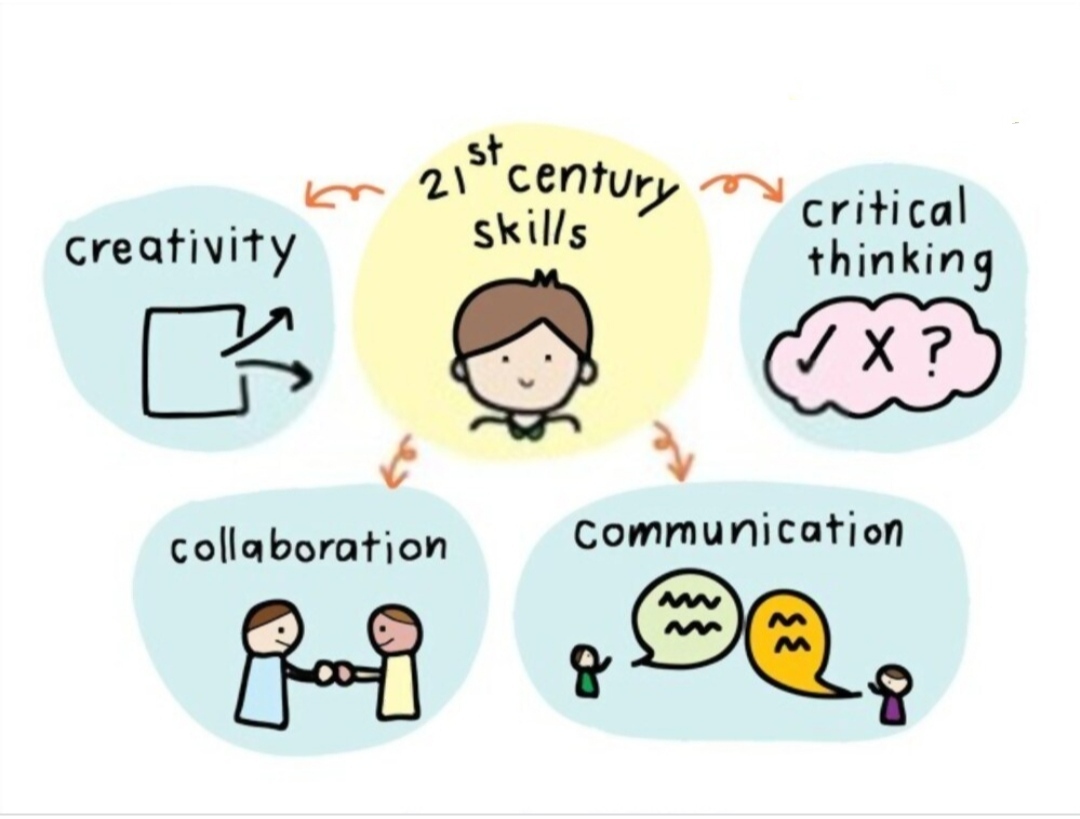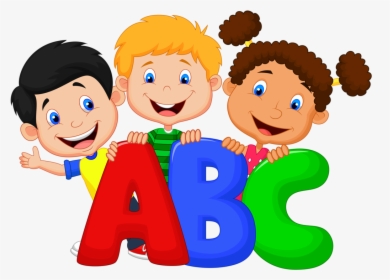7 Ways to Help a Child Cope With Anger
20 July 2022
By Amy Morin, LCSW
Medically reviewed by Aron Janssen, MD
It’s tough for both parents and kids when a child struggles with anger. Some children grow frustrated easily. They blow up over seemingly minor events. They yell. They might even become aggressive.
If the child has angry outbursts, and especially if your child’s anger interferes with their relationships and quality of life, it’s important to teach them the skills they need to deal with their feelings in a healthy way. Guidance from a mental-health professional can also be very helpful.
Teach Your Child About Feelings
Kids are more likely to lash out when they don’t understand their feelings or they’re not able to verbalize them.1 A child who can’t say “I’m mad!” may try to show they’re angry by lashing out. Or a child who isn’t able to perceive or explain that they’re sad may misbehave to get your attention.
To help a child, learn to identify and label feelings, begin by teaching basic feeling words such as “mad,” “sad,” “happy,” and “scared.” Label the child’s feelings for them by saying, “It looks like you feel really angry right now.” Over time, they’ll learn to label their own emotions. As the child develops a better understanding of their emotions and how to describe them, teach them more sophisticated feeling words such as frustrated, disappointed, worried, and lonely.
The next comes : Create an Anger Thermometer
Anger thermometers are tools that help kids recognize the signs that their anger is rising. Draw a large thermometer on a piece of paper. Start at the bottom with a zero and fill in the numbers up until 10, at the top of the thermometer.On an anger thermometer, zero means “no anger at all.” A 5 means “a medium amount of anger,” and 10 means “the most anger ever.”At a time when the child is not feeling upset or angry, talk about what happens in their body at each number on the thermometer. The child might say they are smiling when they’re at a level 0 but have a mad face when they reach level 5. They might feel their face get hot when they are at 2 and they might make fists with their hands when they are at 7. By the time they get to 10, they may feel like an angry monster.Using the thermometer helps kids learn to recognize anger when it’s happening. Eventually, they can make the connection that when their anger temperature starts to rise, taking a break can help them cool it down.
The next is :Develop a Calm-Down Plan
Teach children what to do when they begin to feel angry. Rather than throw blocks when they’re frustrated, for example, they might go to their room or a designated “calming corner.”Encourage them to color, read a book, or engage in another calming activity until they feel better. You might even create a calm-down kit. This could include the child’s favorite coloring books and some crayons, a fun book to read, stickers, a favorite toy, or lotion that smells good. When they’re upset, you can say, “Go get your calm-down kit.” This encourages the child to take responsibility for calming themselves down.
The next is : Cultivate Anger Management Skills
One of the best ways to help a child who feels angry is to teach them specific anger management techniques.2 Taking deep breaths, for example, can calm your child’s mind and their body when they are upset. Going for a quick walk, counting to 10, or repeating a helpful phrase might also help.
Teach other skills, such as impulse control skills and self-discipline, as well.
The next is :Don’t Give In to Tantrums
Sometimes kids discover that angry outbursts are an effective way to get their needs met. If a child throws a temper tantrum and their parents give them a toy to keep them quiet, they will learn that temper tantrums are effective.
Don’t give in to your child to avoid a meltdown. Although that may be easier in the short-term, in the long run giving in will only make behavior problems and aggression worse. Instead, work on connecting with your child so they feel more confident that their needs will be met.
The next is :Follow Through With Consequences
Consistent discipline is necessary to help a child , learn that aggression or disrespectful behavior isn’t acceptable.3 If the child breaks the rules, follow through with a consequence each time.Time-out or taking away privileges can be effective discipline strategies. If the child breaks something when they are angry, have them help repair it or do chores to raise money for repairs.
The next is :Avoid Violent Media
If a child displays aggressive behavior, exposing them to violent TV shows or video games may exacerbate the problem.4 Focus on exposing them to books, games, and shows that model healthy conflict resolution skills.
Last but not the least :A Word From Verywell
Kids don’t enjoy feeling angry or having angry outbursts. Often, they are reacting to frustration and an inability to manage their own big feelings. Helping the child learn to respond appropriately to anger and other negative emotions will have a positive impact on their life at home and at school.


